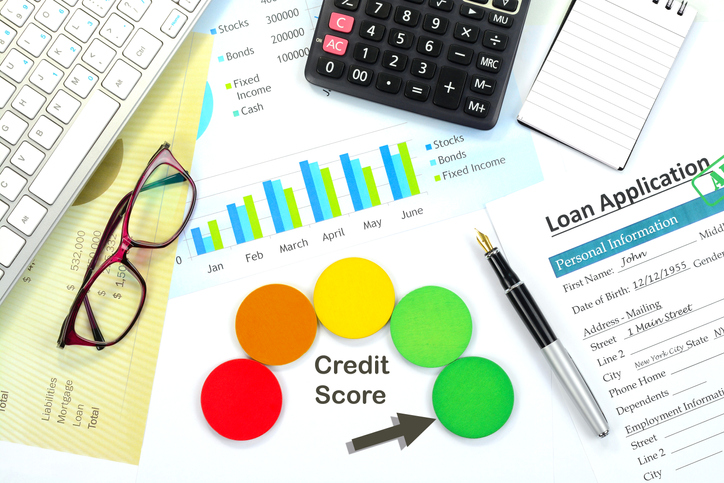
Source: jayk7 / Getty
A strong credit score, along with impressive credit history, is not just something that earns you bragging rights. It can literally mean more dollars in your bank account. Having a good credit score helps you get a better interest rate when you want to get a loan for a car, or a home, or just about anything. But, even then, a great credit score can only get you so far if you have almost no credit history. Lenders want to see that you’ve been able to responsibly manage loans for many years. If you don’t have that nice combination of a good score and a good portfolio, it can cost you. You’re seen as more of a risk to lenders, so before they hand you over a loan (if they even decide to do so), they’re going to ask you to agree to a higher interest rate, which means you pay more for your money. Nobody wants that.
We aren’t just born with credit, obviously. It’d be nice if we were! But we have to build it, protect it, and we have to start somewhere. So, where do you start? My poor husband naively just applied to and got rejected for seven credit cards, eager to get some plastic in his hand and build his credit. Little did he know that the application binge dinged his credit. Nobody told him it would. Nobody tells any of us much about how credit works, which can lead to some unsuspecting individuals like my husband harming their credit through the very actions they thought would help it. In order to gain some clarity on how to properly build and maintain great credit, we turned to award-winning financial educator Sharita Humphrey. She was once staring down a credit score in the 300s, and managed to work it up to the 800s, through several strategic moves. One big one was using Self Financial (which we’ll get into in detail later).

Source: Sharita Humphrey / Sharita Humphrey
Watch your utilization
“We are so score focused, that we’re not understanding Fico is about all of the profile and one of them is utilization,” Humphrey says. People are often under-educated or misinformed about proper utilization because there’s so much information swirling around. “It gets people into trouble very quickly. Thirty percent is the standard on utilization, but you have to educate people on how to leverage it,” she says. “Utilization and money management go hand in hand. The times you’re overextending yourself on your credit, you’re setting yourself up for the financial hamster wheel. It’s hard to get off when you go over 50 percent or max out your credit card. If you’re not knowledgeable on utilization, and not managing your money, it can start a downward spiral to financial destruction.”
